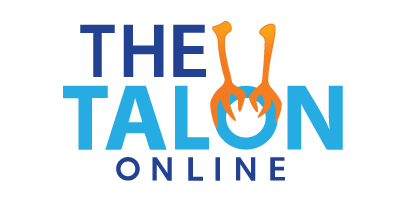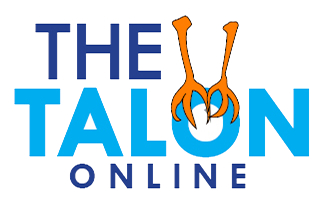New science standards and STEAM focus shift curriculum
The STEAM Program is used world wide to get people educated in certain fields.
January 23, 2016
The science, technology, engineering, arts and mathematic (STEAM) focus is an adaptation to the ever-changing real world.
“STEAM represents a paradigm shift from traditional education philosophy based on standardized test scores, to a modern ideal which focuses on valuing the learning process as much as the results,” TCSS Curriculum Coordinator Deron Cameron said. “In essence, we dare our students to be wrong, to try multiple ideas, listen to alternate opinions and create a knowledge base”
While many students themselves have caught on with this shift to the STEAM program, now teachers have also adopted the idea within their curriculum.
“I feel that the STEAM educational shift is a great attempt in achieving a great thing,” junior David Kim said. “Its philosophy seems extremely reasonable, and I believe that if it is integrated more prominently into our system the results would be favorable.”
Secondary science curriculum consultant Lisa Ogiemwonyi feels that many advantages come from the STEAM program.
“Focusing on STEAM helps us recognize how science, technology, engineering, the arts and mathematics are really all connected and interrelated,” Ms. Ogiemwonyi said. “Most endeavors in life do not focus on only one area of knowledge or expertise.”
Also, many find this program to be a more creative and exciting way to teach.
“Most people discover that in order to be successful at their daily tasks, whether at school or work, it requires a team of people with multiple skills and talents that must be woven together to get the job done,” Mrs. Ogiemwonyi said. “This leads to more creativity, innovation and efficiency.”
Many fear that this teaching method is still adapt to change to in schools today, especially with the meaty curriculum teachers are already expected to cover.
“Since STEAM is truly different from tradition, it would take time to shift all styles of teaching and the education curriculum,” Kim said.
Other students think this is a natural shift for education.
“This seems like a more fun learning experience,” junior Tiger Han said. “It’s a different approach to our normal learning.”
Another question people have about the implementation of STEAM projects is how it will impact test scores.
“It would be difficult at this time to predict how STEAM focus might impact standardized test scores,” Mrs. Ogiemwonyi said. “The SAT is new for RCS students this year, and the MSTEP is predicted to change over the next few years to meet these new science standards.”
Students believe the new curricular focus would lead to higher test scores.
“We could think about possible answers from different perspectives,” Han said. “This could help us think more creatively with our responses.”
Teachers in RHS have started to implement this program.
“RHS is doing a great job in incorporating the ‘STEAM-like’ philosophy,” Kim said. “I feel like this really is prominently shown in the teacher’s style of teaching, especially those who are passionate about the importance of learning.”
Teachers across the school district have embraced the change.
“Last year, the Rochester Community PTA Council organized and implemented a very successful STEAM Career Exploration Fair for the students of RCS. Across the district, various elementary, middle school and high school teachers have implemented STEM projects into their traditional classes,” Mrs. Ogiemwonyi said. “In the 2015-16 school year, the middle schools have implemented a STEM class at the 6th grade level. We also already have a wealth of courses that focus on STEAM topics in RCS schools.”
Throughout the state, new standards are being incorporated within the curriculum.
“The state of Michigan recently adopted new Michigan Science Standards which include a focus on science and engineering practices,” Mrs. Ogiemwonyi said. “I expect as these standards are implemented over the next few years, that more and more science classes will begin to focus on integrating STEAM ideas and projects.”



